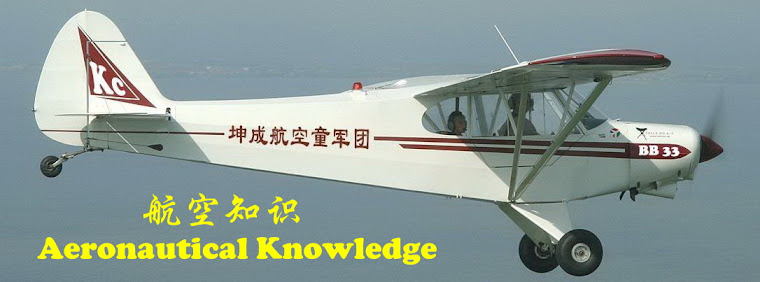
Reaching for a RecordThe Waverider, a.k.a. the X-5, is illustrated here in flight. The experimental aircraft is designed to fly more than six times faster than the speed of sound on ordinary jet fuel
April 29, 2009 -- Hoping to bridge the gap between airplanes and rocketships, the U.S. military is preparing to test an experimental aircraft that can fly more than six times faster than the speed of sound on ordinary jet fuel.
Officially, it's known as the X-51, but folks like to call it the WaveRider because it stays airborne, in part, with lift generated by the shock waves of its own flight. The design stems from the goal of the program -- to demonstrate an air-breathing, hypersonic, combustion ramjet engine, known as a scramjet.
"We built a vehicle around an engine," said Joseph Vogel, the X-51 project manager with Boeing, which is building a series of four test planes under a $246.5-million program managed by the Air Force Research Laboratory in Dayton, Ohio.
Officially, it's known as the X-51, but folks like to call it the WaveRider because it stays airborne, in part, with lift generated by the shock waves of its own flight. The design stems from the goal of the program -- to demonstrate an air-breathing, hypersonic, combustion ramjet engine, known as a scramjet.
"We built a vehicle around an engine," said Joseph Vogel, the X-51 project manager with Boeing, which is building a series of four test planes under a $246.5-million program managed by the Air Force Research Laboratory in Dayton, Ohio.


